Description
Polyacrylamide (PAM) is a polymer with the chemical formula CH2CHCONH2 composed of acrylamide monomers that are bonded together at the end. This compound is formed by the radical polymerization of the acrylamide monomer. Polyacrylamide is one of the most widely used water-soluble polymer species with many free amide groups in its molecular structure.

One of the most common uses of PAM is to float solids in the liquid. This process is used for water treatment and for things like paper making. Shanghai Chemex is one of the most reputable suppliers of this chemical in the world.
Physical and Chemical Properties:
Polyacrylamide is a solid at room temperature and due to differences in production methods, this product can be produced in the form of white powder, transparent granules, and laminates. PAM has good thermal stability and is soluble in water. The aqueous solution of this compound is clear and transparent, and its viscosity increases with the increasing molecular weight of the polymer.
| Chemical formula | (C3H5NO)n |
|
Molecular Weight(g/mol) |
71.08 |
| Appearance | solid |
| Density (g/cm3) | 1.13 |
| Melting point (° C) | 84.5 |
| Solubility | Insoluble in organic solvents |
| color | White to faintly yellow |
| form | powder or Granules |
| Chemical Structure Depiction |  |
Stability of Polyacrylamide:
One of the most important properties of polyacrylamide is its ability to remain stable as a powder for a long time. In fact, moisture absorption in this polymer is moderate. If the polymer is soluble and its concentration exceeds 17%, it can be stored for more than one year without changing its viscosity.
Polyacrylamide has very good stability at pH 3 to 9. if it is exposed to higher pH, its viscosity will gradually increase.
Classification Of PAM:
PAM can be classified into different directions such as chain length (molecular weight) and charge. PAM has 4 types which are neutral, anionic, cationic, and nonionic. Cationic polyacrylamides have the ability to adsorb negatively charged particles, and anionics absorb positive particles, and nonionic (no charges) are used under certain conditions (mostly in the mining sector).
Production Process Of Polyacrylamide:
To produce this material, two methods of solution and emulsion (sedimentation) are used.
- In the soluble method, water and monomer with a concentration of 5 to 20% are used in the presence of a water-soluble redox catalyst, which is usually potassium persulfate and sodium bisulfite. The product is unstable and must be dried and powdered after production.
- In addition to water, a solvent such as acetone or alcohol is used in the sedimentation method. For this reason, after polymerization, the water-soluble polymer in this solvent is deposited as a polymer sludge separated by centrifugation and dried using acetone.
Polyacrylamide Uses:
Polyacrylamide is widely used in many industrial applications and for chemical and environmental purposes.
- In the paper industry, polyacrylamide plays an important role as a fiber preservative and pigment retention on paper fibers.
- Polyacrylamide is an acrylic resin that has the unique property of solubility in water. This material is used in industrial and municipal wastewater.
- This organic polymer is used in cosmetics to stabilize products and ingredients.
- This compound is also used to reduce soil erosion.
- The gel of this substance is used for the electrophoretic separation of small or medium-sized proteins.
Application of Polyacrylamide in Water treatment:
Polyacrylamides have many applications in a wide range of industrial processes, but one of the most important main applications is for coagulation or flocculation of solids in liquid in municipal and industrial wastewater. like Poly aluminum chloride
This polymer increases the viscosity of water and causes particles in the water to clot.
The use of PAM increases efficiency and reduces treatment costs, while organic coagulants can be used in certain industries, for example, to remove paint from effluents. These chemicals increase the sedimentation rate of suspended solids and increase the size and density of sediments, as well as increase the filtration and separation efficiency improve the quality, and reduce the final turbidity.
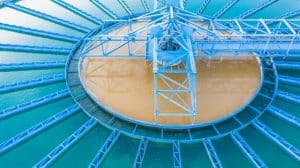
PAM in Agriculture:
This polymer is used in agriculture to increase aeration and reduce soil density, improve irrigation and deep rooting, and increase the strength and appearance of crops. It also helps the agricultural sector by reducing water requirements, reducing soil erosion and plant maintenance costs.
Buy Polyacrylamide:
For information on how to sell this product and place an order, you can contact our partners in the Shanghai Chemex sales department.
Safety Information:
- Inhalation: May be harmful if inhaled. May cause respiratory tract irritation.
- Skin: It May be harmful if absorbed through the skin. May cause skin irritation.
- Eyes: May cause eye irritation.
- Ingestion: It May be harmful if swallowed.
Some research has shown that this substance affects the nervous system. The use of this substance in high doses causes cancer in animals. More research is needed to prove the health effects of this substance.

First-aid measures:
- Skin Contact: Immediately flush skin with water.
- Inhalation: move the person to the fresh air.
- Eye Contact: Rinse eyes with water for at least 15-20 minutes.
- Ingestion: Do not induce vomiting. Get medical aid immediately. Call a poison control center.
Packing and storage:
Keep the container tightly in a dry and well-ventilated place away from heat and direct sunlight.

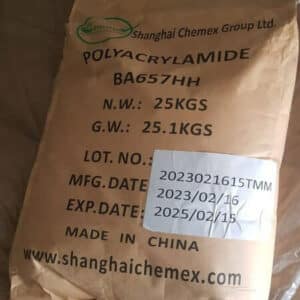
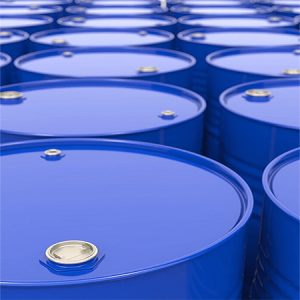
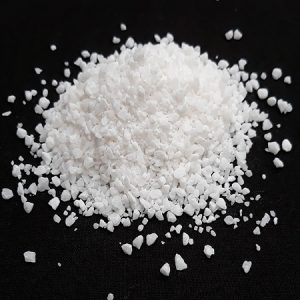
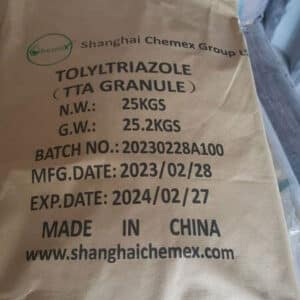
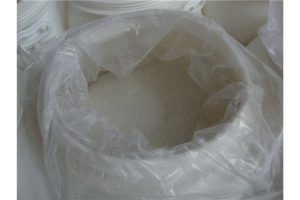
Reviews
There are no reviews yet.